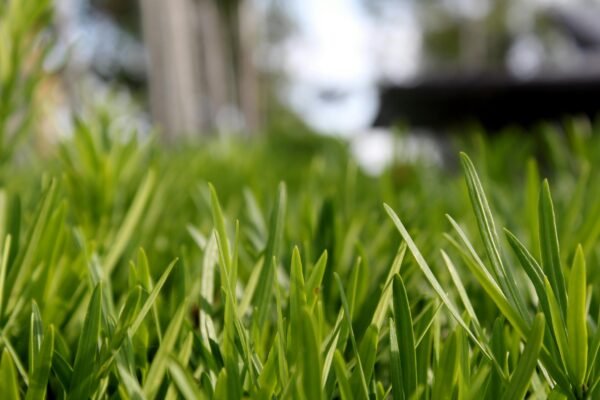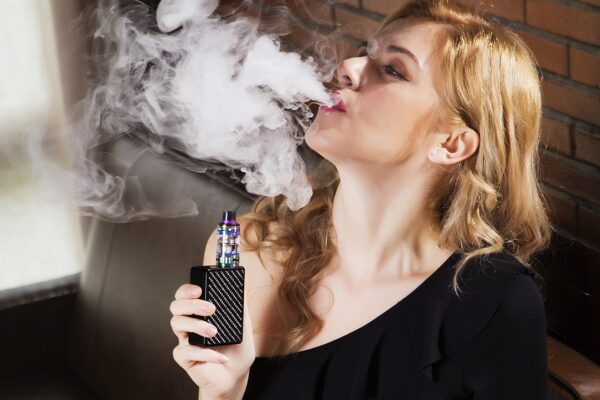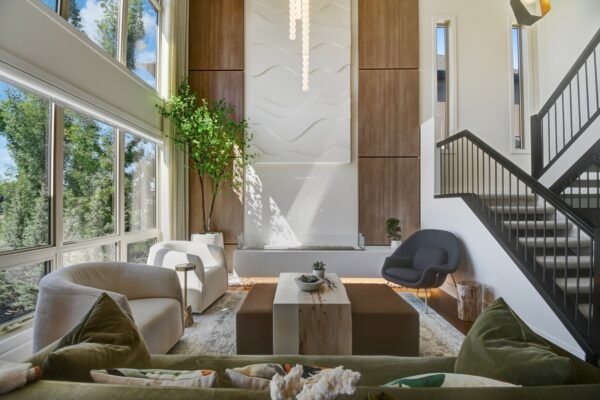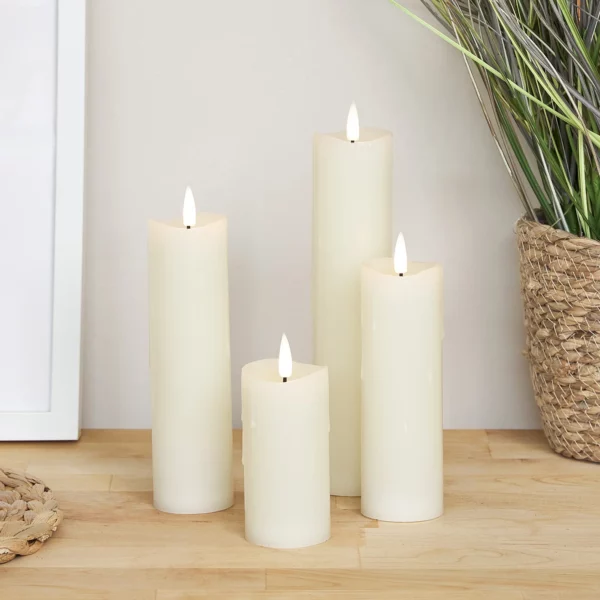
The Ultimate Guide to Choosing the Right Synthetic Turf for Your Indoor Design Project

When you’re considering synthetic turf for your indoor design project, it’s crucial to understand the nuances that can make or break your space. From evaluating the various turf types to reviewing your specific area requirements, each decision directly impacts the final outcome. You’ll want to balance durability with aesthetics while keeping maintenance and budget in mind. But how do you guarantee you’re making the right choices that align with your vision? Let’s explore the critical factors that will guide you toward the perfect synthetic turf solution for your needs.
Understanding Synthetic Turf Types
When it comes to selecting synthetic turf for your indoor design, understanding the various types available is essential. You’ll find several options, each tailored for specific applications, aesthetic preferences, and performance requirements. Among the most common types are polyethylene, polypropylene, and nylon.
Polyethylene turf is renowned for its natural look and feel, making it a popular choice for indoor spaces that mimic outdoor environments. It’s soft underfoot and UV-resistant, ensuring longevity and color retention.
On the other hand, polypropylene turf is often more affordable but less durable, making it suitable for low-traffic areas. If you’re aiming for durability and resilience, consider nylon turf. It’s the strongest option, ideal for high-traffic zones, though it comes at a higher price point.
Additionally, look into pile height and density, as these factors influence both appearance and performance. Shorter, denser turf can create a more manicured look, while longer blades offer a lush, realistic feel.
Assessing Indoor Space Requirements
Evaluating your indoor space requirements is essential for selecting the right synthetic turf. Start by measuring the dimensions of your area to guarantee that the turf fits seamlessly.
Consider the overall layout and how the turf will interact with existing design elements. You’ll want to take into account several critical factors:
- Usage: Determine how the space will be used—sports activities, play areas, or aesthetic enhancement.
- Foot Traffic: Assess the expected foot traffic to select a turf that can withstand wear and tear.
- Lighting: Evaluate natural and artificial lighting, as this can affect the turf’s appearance and maintenance needs.
- Ventilation: Confirm adequate airflow in the space to prevent moisture buildup and maintain the turf’s longevity.
Taking the time to assess these aspects will help you choose synthetic turf that meets your functional and aesthetic needs.
Evaluating Material Quality
Choosing the right synthetic turf hinges greatly on the material quality, as this directly affects durability, appearance, and artificial turf maintenance. When evaluating materials, you’ll want to take into account factors like fiber composition, density, and backing system.
Polyethylene fibers are common for their soft feel and resilience, while nylon offers superior durability but can be pricier.
Look closely at the density of the turf. Higher density means more fibers per square inch, which translates to a more realistic look and better durability. You should also examine the tuft bind strength; this measures how well the fibers stay attached to the backing. A stronger tuft bind indicates a longer-lasting product.
Next, take into account the backing system. A quality backing not only supports the fibers but also guarantees proper drainage and reduces the risk of mold or mildew.
Materials like polyurethane or latex provide excellent stability and longevity.
Considering Aesthetic Preferences
Aesthetic preferences play an essential role in selecting synthetic turf, as the right choice can considerably enhance the overall ambiance of your indoor space.
When evaluating aesthetics, you’ll want to think about how the turf complements your design vision, color scheme, and overall atmosphere.
Here are some key factors to evaluate:
- Colour Variations: Choose from a range of shades to match or contrast with your existing décor.
- Texture and Feel: Different turf types offer distinct textures that can impact the tactile experience in your space.
- Height and Density: The pile height and density can create varying visual effects, from lush landscapes to more minimalist designs.
- Lighting Effects: Assess how different lighting conditions will interact with the turf, affecting its appearance throughout the day.
Analyzing Durability and Maintenance
When it comes to synthetic turf, durability and maintenance are essential factors that can greatly impact your indoor environment. You need to assess the material’s ability to withstand wear and tear, especially in high-traffic areas.
Look for products made from high-quality polyethylene or nylon fibers, as these materials offer superior resilience and longevity. A strong backing system also contributes to overall durability, preventing the turf from tearing or bunching.
Maintenance is equally important. While synthetic turf generally requires less upkeep than natural grass, understanding the care requirements can save you time and effort.
Regularly brushing the fibers helps maintain their upright position and prevents matting. You should also schedule periodic cleanings to remove debris and dust, ensuring a hygienic space.
In addition, consider options with UV protection to prevent fading and deterioration over time, especially in brightly lit areas.
Exploring Colour and Texture Options
Synthetic turf offers a vibrant palette of colours and textures that can transform any indoor space.
When selecting synthetic turf, you’ll want to take into account how these elements interact to create the desired atmosphere. A thoughtful combination can enhance aesthetics, influence mood, and even affect functionality.
Here are some key factors to take into account:
- Colour Variety: Explore different shades, from realistic greens to bold colours, catering to your design theme.
- Texture Options: Choose from varied pile heights and materials to achieve the right look and feel.
- Patterning: Incorporate patterns or mixed textures for added visual interest and depth.
- Light Reflection: Take into account how colors and textures reflect light, impacting the overall brightness and ambiance of the space.
Budgeting for Synthetic Turf
Considering the wide range of options available, budgeting for synthetic turf requires careful analysis of both initial costs and long-term value. Start by determining your budget constraints and how much you’re willing to invest upfront. Synthetic turf prices can vary greatly based on factors like material quality, pile height, and brand reputation.
It’s crucial to assess the options that align with your aesthetic goals while also fitting within your financial framework.
Next, consider the long-term savings synthetic turf offers. Unlike natural grass, it doesn’t require regular watering, mowing, or fertilization. Calculate potential savings in maintenance costs over the years, as this can profoundly affect your overall budget.
Additionally, factor in the turf’s lifespan—high-quality options can last a decade or more, providing excellent value for your investment.
Lastly, remember to include potential costs for accessories like infill and padding, which can enhance the turf’s performance and comfort.
Installation Methods and Considerations
After solidifying your budget for synthetic turf, the next step involves understanding the various installation methods and their factors. Choosing the right method can greatly impact the aesthetics and durability of your installation.
Here are some key installation methods to take into account:
- Glue-Down Method: Ideal for smooth surfaces; provides a seamless look but may require professional installation.
- Infill Installation: This method involves adding materials like sand or rubber to enhance stability and cushioning.
- Interlocking Tiles: Perfect for DIY projects; easy to install and replace but may lack a natural look.
- Stretched Installation: Best for larger areas; guarantees minimal wrinkles but requires precise measurements.
Each method has its pros and cons, so evaluate your space and intended use. Reflect on factors such as traffic levels, moisture exposure, and desired aesthetics.
Additionally, think about maintenance requirements—some methods may demand more upkeep than others. By understanding these installation methods, you can make an informed decision that aligns with your design project’s goals and guarantees longevity for your synthetic turf.
Eco-Friendly Options Available
As you explore options for your indoor design, eco-friendly synthetic turf has become a popular choice among environmentally conscious consumers. This innovative solution not only enhances aesthetics but also aligns with sustainable practices.
Many brands now offer products made from recycled materials, reducing waste and conserving resources. When selecting turf, look for options that boast low-VOC (volatile organic compounds) emissions, ensuring healthier indoor air quality.
You can also consider turf that requires minimal water for cleaning and maintenance, further conserving precious resources. Some eco-friendly options utilize infill materials derived from natural sources, such as cork or coconut fibers, which provide excellent drainage and cushioning while being biodegradable.
Moreover, many manufacturers are committed to sustainability by adopting eco-friendly production processes, minimizing energy consumption and carbon footprints.
Certifications like the Leadership in Energy and Environmental Design (LEED) can guide your selection, indicating a product’s environmental performance.
Finalizing Your Design Vision
Bringing your indoor design vision to life involves synthesizing aesthetics, functionality, and sustainability. As you finalize your design, it’s essential to guarantee that all elements align seamlessly.
Consider the following aspects to solidify your vision:
- Colour Palette: Choose colours that complement your overall design theme. The right shade of synthetic turf can enhance the mood and feel of the space.
- Texture and Pile Height: Different textures and heights can affect both the look and the feel of the turf. Select options that align with your intended use, whether it’s for play areas or relaxation zones.
- Durability and Maintenance: Evaluate the longevity and ease of upkeep for the synthetic turf. You want a product that withstands wear while remaining visually appealing.
- Environmental Impact: Prioritize options that are eco-friendly, from production to disposal. A sustainable choice reflects your commitment to a greener future.
In summary, choosing the right synthetic turf can truly transform your indoor space. Did you know that high-quality synthetic turf can last up to 15 years with proper care? This durability not only enhances your design but also makes it a smart long-term investment. By considering factors like material quality, aesthetics, and maintenance, you can create a vibrant environment that meets your needs. Don’t underestimate the impact of your choice—it’s a vital step in realizing your design vision.














































